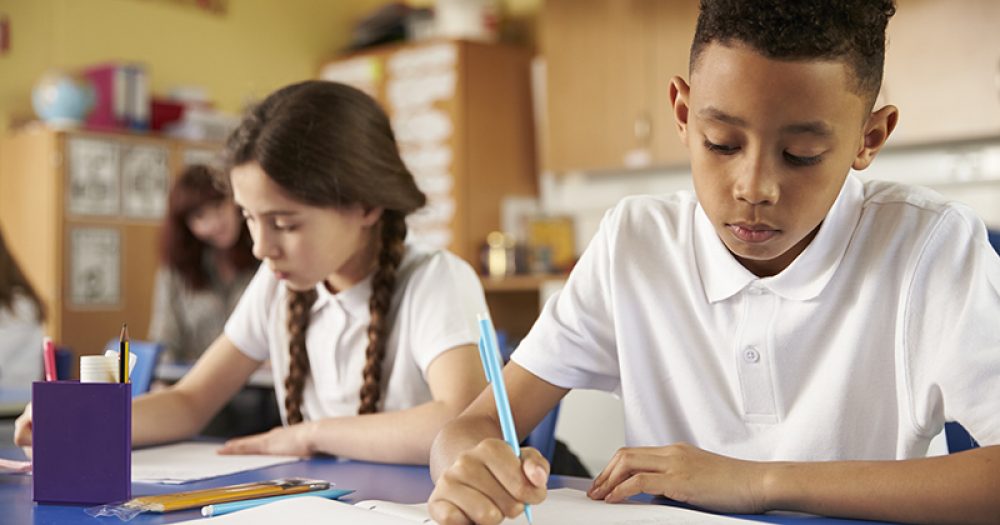The attainment gap between disadvantaged primary school pupils and their better-off peers has widened to its largest level in 10 years.
The government said the data, published today, suggested that disruption to learning during the Covid-19 pandemic “has had a greater impact on disadvantaged pupils”.
Headline key stage 2 SATs results were published earlier this year, but today’s publication breaks the data down by pupil and school characteristic.
The data shows the disadvantage gap index, used by government to track the gap between poorer and better-off pupils, increased to 3.21 this year.

The gap had reduced between 2011 and 2018, “indicating that the gap in attainment between disadvantaged pupils and other pupils was becoming smaller”, and remained at a similar level between 2018 and 2019.
The gap this year is the largest since 2012.
Headline data published earlier this year showed attainment fell for all pupils in all subjects except reading. However, today’s data shows the attainment of disadvantaged pupils fell further than for other pupils, widening the disadvantage gap.
Just 43% of poorer pupils reach ‘expected standard’
The proportion of non-disadvantaged pupils meeting the “expected standard” in reading, writing and maths fell from 71 per cent in 2019 to 65 per cent this year, whereas the drop for poorer pupils was from 51 to 43 per cent.
In reading, whereas the proportion of non-disadvantaged pupils meeting the expected standard rose from 78 to 80 per cent, the proportion of disadvantaged pupils reaching the milestone stayed the same, at 62 per cent.
In writing, poorer pupils’ attainment fell from 68 to 55 per cent, while better-off pupils fell from 83 to 75 per cent.
And in maths, the proportion of disadvantaged pupils meeting the expected standard dropped from 67 to 56 per cent, compared to 84 to 78 per cent among non-disadvantaged pupils.
As in previous years, attainment is higher in London than other regions (65 per cent vs 56 to 59 per cent), and in free schools (63 per cent), converter academies (61 per cent) and LA-maintained schools (60 per cent) than in sponsored academies (54 per cent).
Gender and SEND gap narrow
Today’s data is also broken down by gender, and shows attainment fell among all pupils, but slightly more among girls, though they still outperform boys in all subjects except maths.
This led to the gender gap between boys and girls closing from 10 percentage points to 9.
The proportion of boys meeting the expected standard in reading, writing and maths fell from 60 to 54 per cent, while for girls the drop was 70 per cent to 63 per cent.
There remains a large gap in attainment between pupils with special educational needs and disabilities (SEND) and those without, though it too narrowed slightly this year because attainment fell further for those without SEND.
The proportion of pupils with SEND meeting the expected standard fell from 22 to 18 per cent, whereas the proportion of non-SEND pupils reaching the milestone dropped from 74 to 69 per cent.
The fall in attainment was also larger among pupils whose first language is English, at 65 to 58 per cent, than for those with a first language other than English (64 to 60 per cent).
















Your thoughts